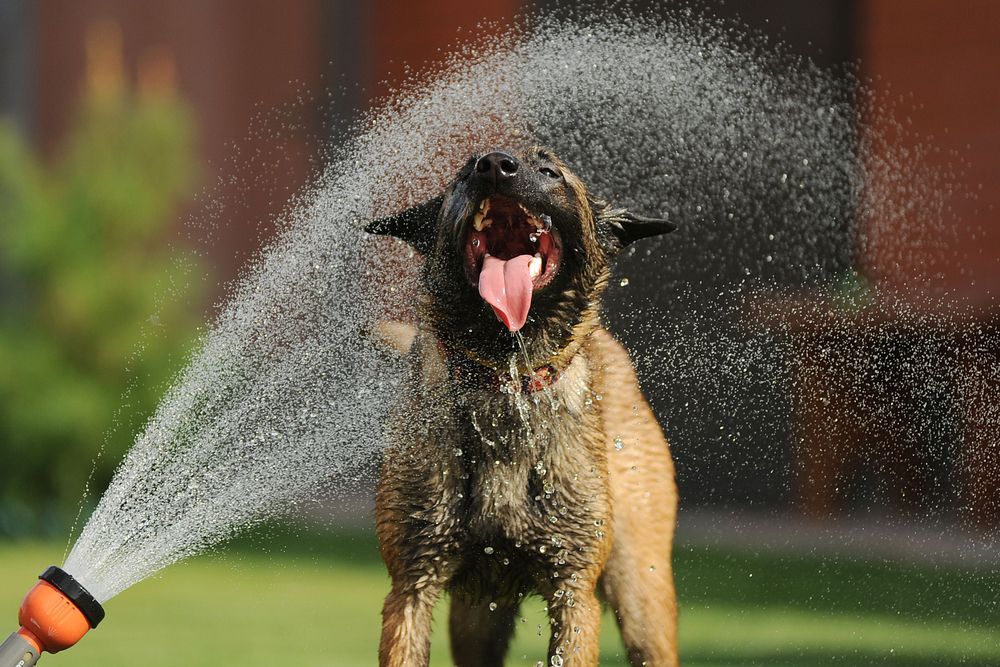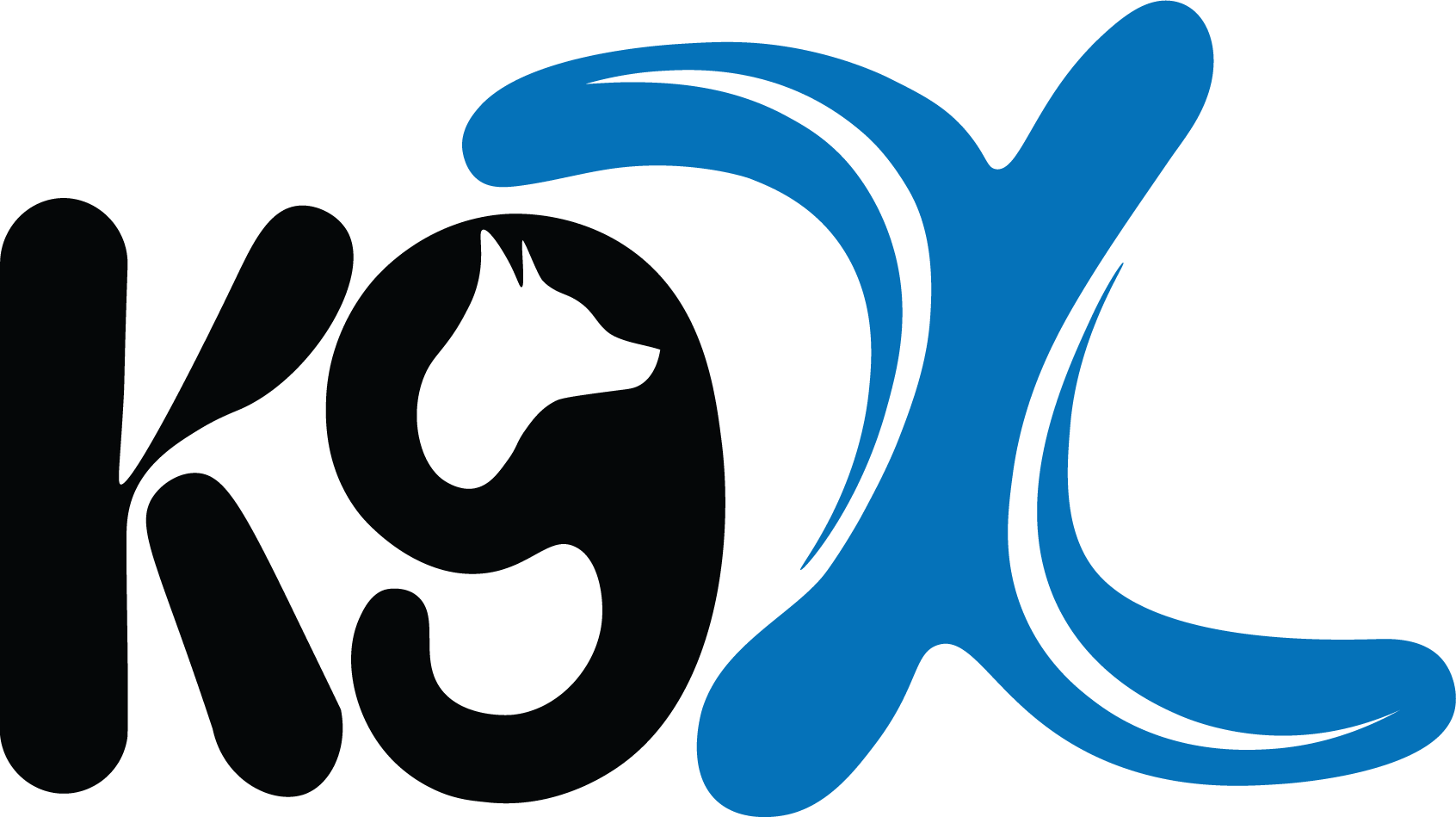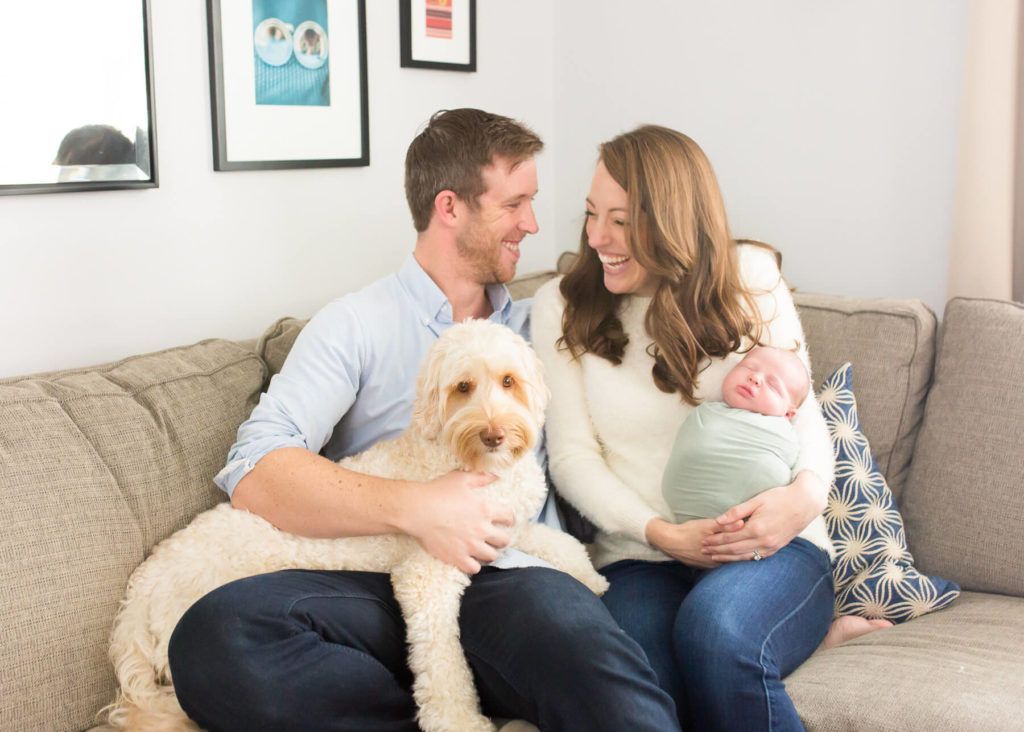Understanding and Managing Resource Guarding in Dogs
What is Resource Guarding?
Resource guarding is a common behaviour in dogs where they become protective over food, toys, or other valuable items. While it is a natural instinct, excessive guarding can lead to aggression and stress in both dogs and their owners. In this blog, we will explore the causes of resource guarding and effective strategies to manage and prevent it.
Resource guarding occurs when a dog displays possessive behaviours over items they perceive as valuable. This can include food, toys, bones, or even a favourite resting spot. Signs of resource guarding include:
Growling or snapping when someone approaches their item
Stiffening body posture
Blocking access to the resource
Eating faster when approached
Lunging or biting in severe cases
Why Do Dogs Guard Resources?
Several factors can contribute to resource guarding, including:
Instinctual Behaviour – In the wild, dogs needed to protect their food and belongings to survive.
Past Experiences – Dogs who have faced competition for food or have had items taken away abruptly may develop guarding tendencies.
Lack of Socialization – Dogs that haven’t been exposed to sharing or positive interactions around resources may be more prone to guarding.
Reinforced Behaviour – If a dog learns that growling or snapping keeps others away, they may continue the behaviour.
How to Manage and Prevent Resource Guarding
1. Avoid Confrontation
Never punish or forcibly remove an item from a guarding dog, as this can escalate aggression.
Instead, trade the item for something of higher value to encourage voluntary release.
2. Teach a Positive Association
Approach your dog while they have a resource and drop a high-value treat near them.
Repeat this process so your dog learns that people approaching means good things, not a threat.
3. Train the “Leave It” and “Drop It” Commands
Practice these commands with non-valuable items first.
Reward your dog generously for willingly giving up an item.
4. Hand-Feeding and Food Bowl Exercises
Occasionally hand-feed your dog to build trust and positive interactions.
Add small amounts of food to the bowl while they eat to show that hands near their food are non-threatening.
5. Manage the Environment
If your dog guards specific items, limit access to them during training.
Ensure a calm and structured environment to reduce stress-related guarding behaviours.
6. Seek Professional Help if Needed
If resource guarding leads to serious aggression, consult a professional dog trainer or behaviourist for guidance.
Customized training plans can help address severe cases safely and effectively.
Final Thoughts
Resource guarding can be managed with patience, consistency, and positive reinforcement. By understanding the underlying causes and applying effective training techniques, you can create a safe and trusting relationship with your dog.
If you need professional assistance in dealing with resource guarding, I offer personalized training sessions. Contact me today to help your dog feel more comfortable and confident in sharing their resources!










